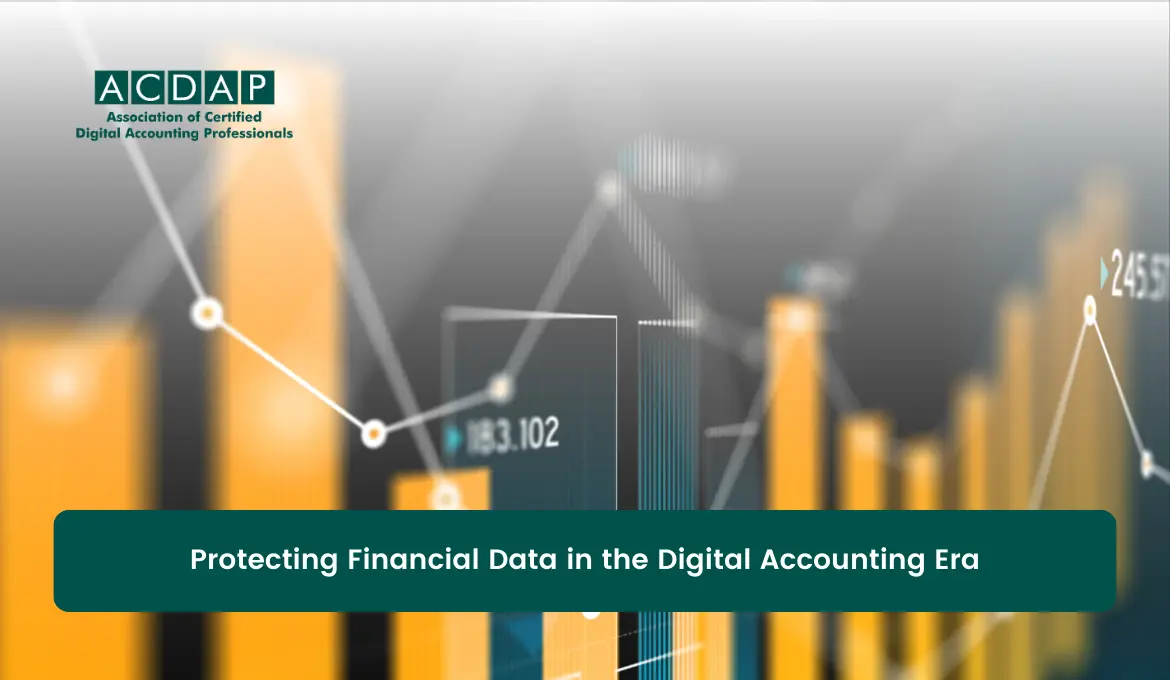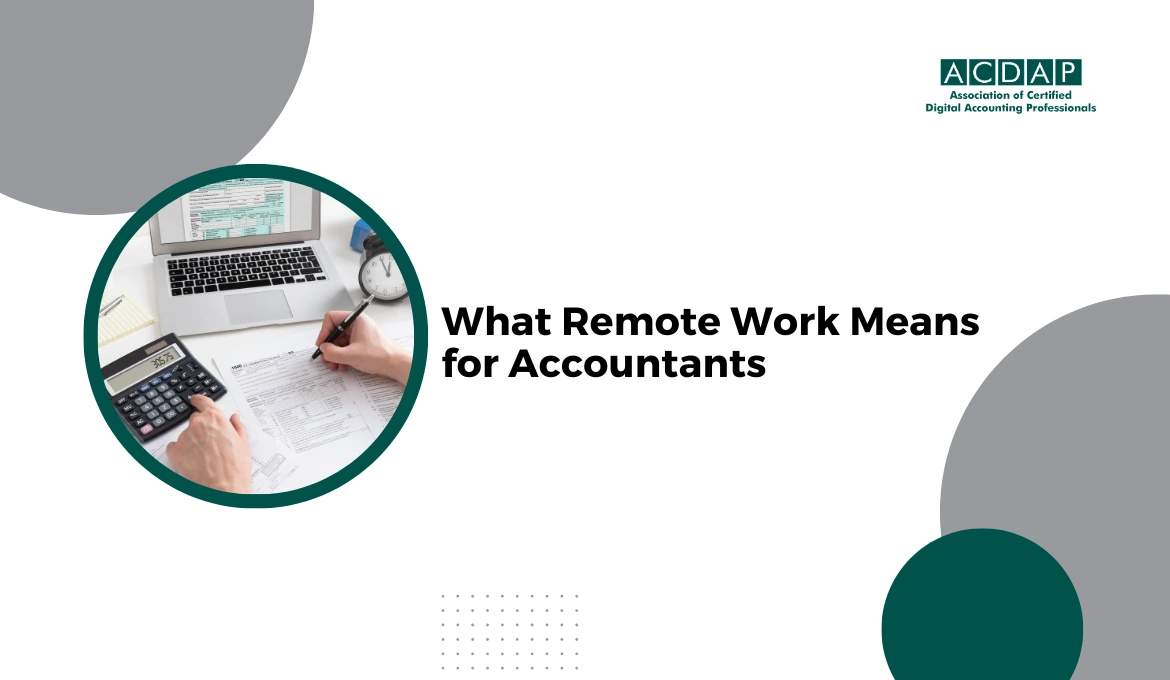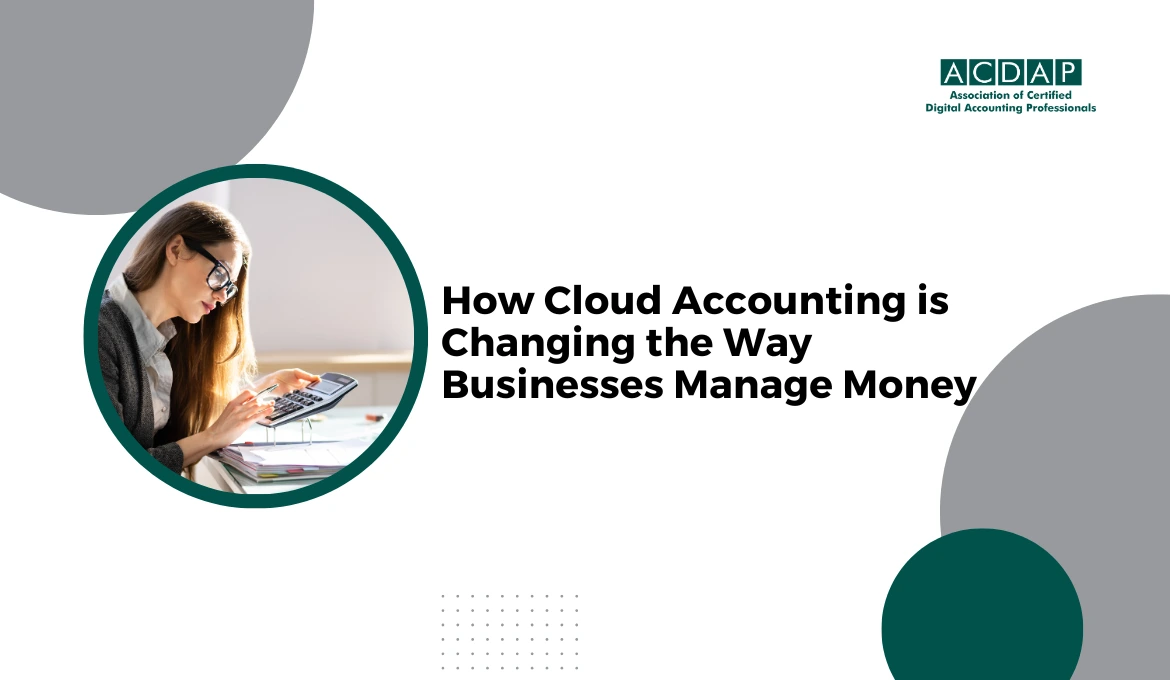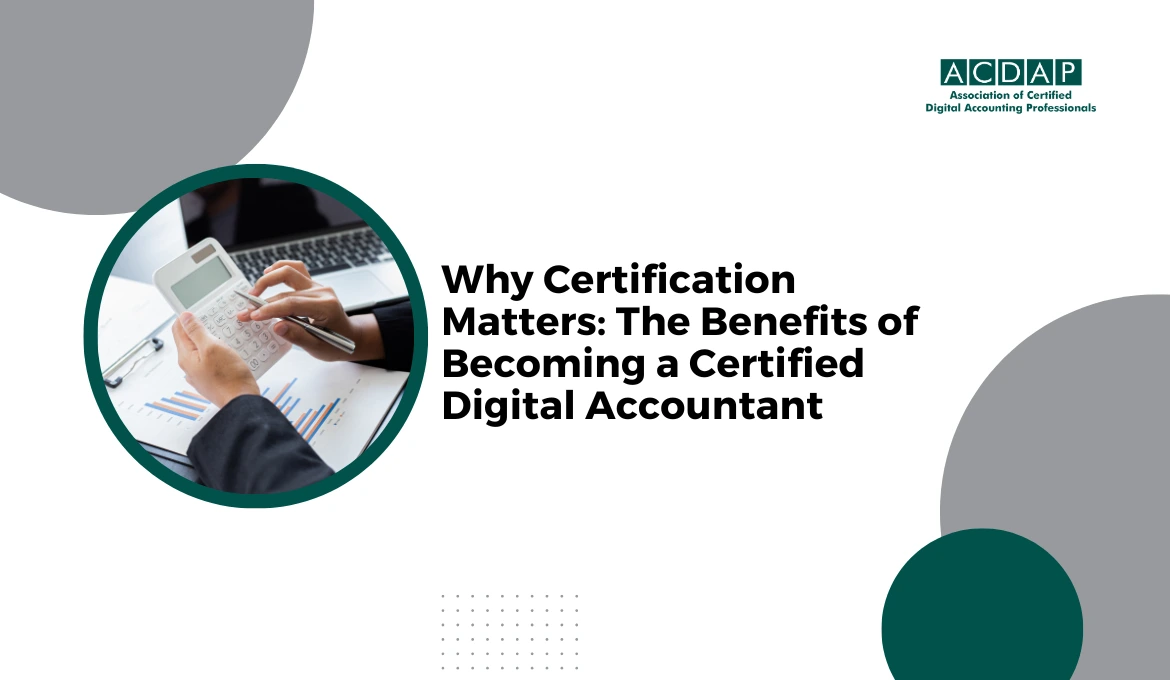In the digital accounting era, businesses rely heavily on technology to manage their financial data efficiently. While digital accounting offers numerous benefits, including automation, real-time insights, and improved collaboration, it also introduces new risks and challenges, particularly concerning financial data security. These risks include the potential for cyber threats, insider threats, data loss, and compliance violations.
This blog will explore the importance of protecting financial data, the potential dangers businesses face in the digital accounting era, and strategies for safeguarding sensitive information against these risks.
The Importance of Protecting Financial Data
Financial data is among the most valuable assets of any business, containing sensitive information such as revenue, expenses, payroll details, and customer payment information. The consequences of not protecting this data are severe, potentially leading to economic losses, reputational damage, legal liabilities, and regulatory penalties.
The trust and confidence of customers, investors, and regulatory authorities are at stake. As businesses increasingly rely on digital accounting systems and cloud-based platforms to manage their finances, the need for robust cybersecurity measures has never been greater.
Risks in the Digital Accounting Era
The digital accounting era brings with it a host of new risks and vulnerabilities that businesses must address to protect their financial data effectively:
- Cyber Threats: Cybercriminals are evolving tactics to exploit vulnerabilities in digital accounting systems and gain unauthorised access to sensitive financial data. For instance, a recent case involved a phishing attack where an employee unknowingly clicked on a malicious link, leading to a data breach and significant financial loss for the company. Other common cyber threats include malware, ransomware, and data breaches.
- Insider Threats: Employees, firms and contractors with access to financial systems and data can pose a significant risk if they misuse or abuse their privileges intentionally or unintentionally. Insider threats may include unauthorised access, data theft, or sabotage. For example, a disgruntled employee with access to financial systems can intentionally delete or modify data, leading to significant financial and reputational damage. It is important to have robust access controls and monitoring systems in place to mitigate the risk of insider threats.
- Data Loss: Accidental deletion, hardware failure, software glitches, or natural disasters can lead to financial data loss, disruptions in business operations and potential financial losses.
- Compliance Violations: Failure to comply with data protection regulations, like the General Data Protection Regulation (GDPR) or the Payment Card Industry Data Security Standard (PCI DSS), can result in legal penalties, fines, and damage to the business's reputation.
Strategies for Safeguarding Financial Data
To mitigate the risks associated with managing financial data in the digital accounting era, businesses should implement a comprehensive cybersecurity strategy. This strategy should include the following key components, which you, as business owners, financial managers, accounting professionals, and IT professionals, can play a crucial role in implementing:
- Restrict access to financial systems and data based on the least privilege principle, ensuring that only authorised individuals can access sensitive information.
- Implement strong authentication methods, such as multi-factor authentication (MFA), to check the identity of users accessing financial systems and prevent unauthorised access.
- Encrypt financial data in transit and at rest to secure it from unauthorised access while transmitting and storing.
- Use encryption protocols like Secure Sockets Layer (SSL) or Transport Layer Security (TLS) to secure data in transit.
These protocols establish a secure connection between a web server and a browser, ensuring that all data passed between them remains private and integral. For securing data at rest, encryption algorithms such as Advanced Encryption Standard (AES) are recommended. AES is a symmetric encryption algorithm widely used to protect sensitive data.
- Keep accounting software, operating systems, and other software applications up to date with advanced security patches and updates to solve known vulnerabilities and protect against emerging threats.
- Implement patch management to ensure timely deployment of security updates and minimise the risk of exploitation by cyber attackers.
- Conduct regular security audits and perform risk assessments to find potential vulnerabilities, gaps in security controls, and areas of improvement in the organisation's cybersecurity posture.
- Assess the existing security controls' effectiveness and procedures and make necessary adjustments to address any identified weaknesses or deficiencies.
- Educate employees about their crucial role in cybersecurity. By recognising and reporting phishing emails, avoiding clicking on suspicious links, and safeguarding sensitive information, they can significantly contribute to the security of our financial data.Regular training and awareness sessions should be conducted to reinforce cybersecurity and promote a security culture throughout the organisation.
- Regularly back up financial data to secure offsite locations or cloud-based backup solutions to ensure data availability during data loss or system failure.
- Create and test a comprehensive data recovery plan to minimise downtime and data loss in a cyber incident or disaster.
Conclusion
In the digital accounting era, protecting financial data is paramount to the success and security of businesses. By understanding the risks of managing financial data in the digital age and implementing robust cybersecurity measures, companies can safeguard sensitive information against cyber threats and breaches.
By implementing access controls, encrypting sensitive data, regularly updating software and systems, conducting security audits and risk assessments, providing employee training and awareness, and implementing data backup and recovery measures, businesses cannot only meet legal and regulatory requirements but also strengthen their cybersecurity posture.
This, in turn, protects their financial data from unauthorised access, theft, and manipulation, ensuring the long-term viability of the organisation and maintaining stakeholders' trust and confidence.


























